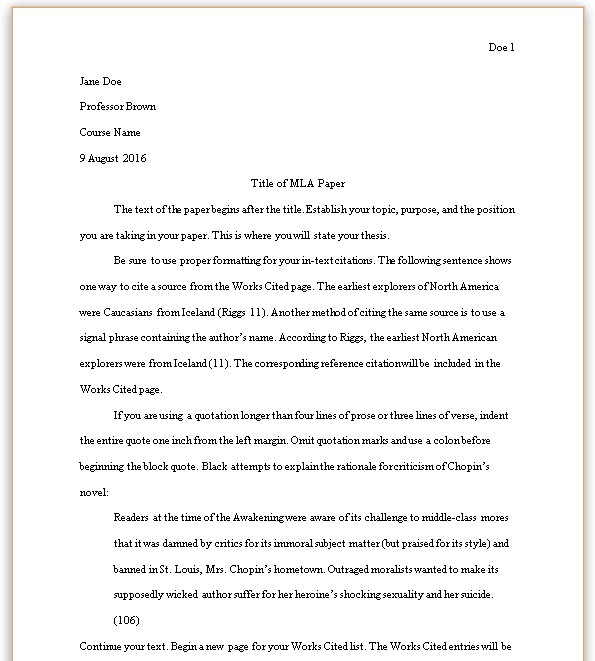Academic Publishing: A Comprehensive Guide for Researchers and Scholars
Welcome to Kampus Guide! Navigating the world of academic publishing can be both exciting and daunting. For researchers and scholars, publishing is a vital aspect of disseminating knowledge, contributing to their fields, and achieving academic success. This blog serves as a comprehensive guide, outlining the academic publishing process, the different types of publications, and providing insights into frequently asked questions.
What is Academic Publishing?
Academic publishing is the process of making scholarly work available to the academic community and beyond. This can include publishing original research articles, review papers, books, or conference proceedings. Academic publishing is crucial for sharing findings, sparking discussions, and influencing future research.
The Phases of Academic Publishing
- Preparing Your Research
- Conducting Research: Before you can publish, ensure your research is robust. This involves thorough investigation, experimentation, and analysis.
- Literature Review: Understand the existing body of knowledge in your field. A well-conducted literature review identifies gaps that your research can fill.
- Writing Your Manuscript
- Structure and Format: Develop a clear structure for your manuscript, aligning with the norms of academic writing. Most articles include sections such as Abstract, Introduction, Methodology, Results, Discussion, and Conclusion.
- Citations and References: Properly cite all sources using an appropriate citation style (e.g., APA, MLA, Chicago). This enhances the credibility of your work and acknowledges prior research.
- Choosing a Suitable Journal
- Journal Selection: Identify journals that align with your research’s scope and audience. Consider factors like the journal’s impact factor, indexing, and submission guidelines.
- Readership: Understand the target audience for your research. Choosing a journal read by your intended audience will increase the visibility of your work.
- Submission Process
- Manuscript Submission: Follow the journal’s submission guidelines meticulously. This often includes submitting your manuscript through an online submission portal.
- Cover Letter: Write a professional cover letter to accompany your submission, briefly explaining your work and its relevance to the journal.
- Peer Review
- Review Process: Once submitted, your manuscript will undergo peer review, where experts in your field evaluate its quality, originality, and significance.
- Revision Requests: Be prepared to make revisions based on the reviewers’ feedback. This step is critical for improving the quality of your manuscript.
- Publication
- Final Acceptance: After successful revisions, your manuscript may receive final acceptance. The journal will then guide you through the proofing process before publication.
- Post-Publication: After your article is published, promote your research through various channels—social media, academic networks, and conferences—to increase its reach and impact.
Example of Academic Publishing in Action
Let’s consider an example to illustrate the academic publishing process:
Research Topic: The Impact of Remote Learning on Student Performance in Higher Education
Preparing Your Research
- Conducting Research: You might conduct surveys and interviews with students to gather data on their experiences with remote learning.
- Literature Review: Examine existing studies on remote learning, identifying what has already been established and where knowledge gaps exist.
Writing Your Manuscript
- Structure:
- Abstract: Summarizes the key findings of your research.
- Introduction: Contextualizes the importance of your study.
- Methodology: Describes your research design, data collection methods, and sample size.
- Results: Presents the data collected and initial observations.
- Discussion: Interprets the findings and explores implications for future teaching practices.
Choosing a Suitable Journal
You identify a journal focused on higher education research, ensuring its scope aligns with your findings.
Submission Process
Following the journal’s guidelines, you submit your manuscript along with a cover letter outlining your research’s relevance.
Peer Review
Your manuscript undergoes peer review, and you receive constructive feedback, prompting you to make necessary revisions.
Publication
After addressing the feedback, your article is accepted and published. You then share it through various academic platforms to reach a broader audience.
Frequently Asked Questions (FAQs)
Q1: How long does it take to publish an academic article?
A1: The timeline varies significantly depending on the journal, with the whole process taking anywhere from a few months to over a year. Factors influencing this include the peer review process, revisions, and the journal’s publication schedule.
Q2: What if my manuscript gets rejected?
A2: Rejection is a common part of the academic publishing process. Take the feedback into account, make necessary revisions, and consider submitting to another journal that may be a better fit for your work.
Q3: How do I select the right journal for my research?
A3: Evaluate potential journals based on their scope, audience, impact factor, indexing, and acceptance rates. Reading recently published articles in your field can also provide insight into whether your work aligns with the journal’s focus.
Q4: Is there a difference between open access and subscription-based journals?
A4: Yes, open access journals allow readers to access articles for free, often funded by article processing charges paid by authors or their institutions. Subscription-based journals require institutional or personal subscriptions for access.
Q5: Can I reuse portions of my previously published work?
A5: Reusing prior content can violate copyright agreements. Always check the rights assigned to your previous publications and seek permission if needed.
Conclusion
Academic publishing is a foundational aspect of scholarly communication, enabling researchers to share their findings and contribute to their fields. By understanding the phases of academic publishing—preparing your research, writing your manuscript, selecting a suitable journal, submitting, peer reviewing, and ultimately publishing—you can navigate the publishing landscape with greater confidence. Embrace the journey of academic publishing; your research has the potential to influence future studies and inspire change.
At Kampus Guide, we are committed to supporting you throughout your academic journey, providing resources and insights to help you succeed in your publishing endeavors. Happy publishing!


